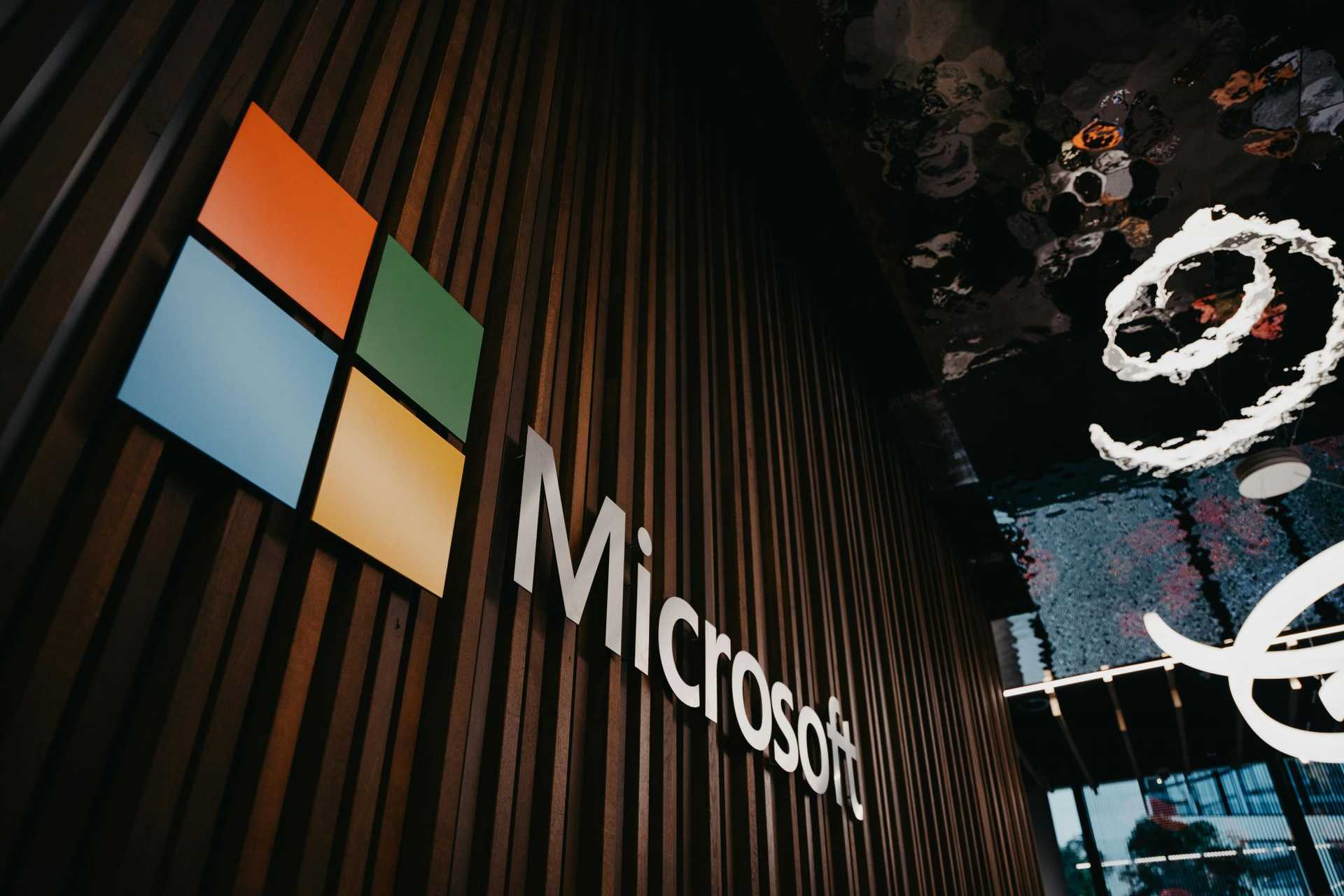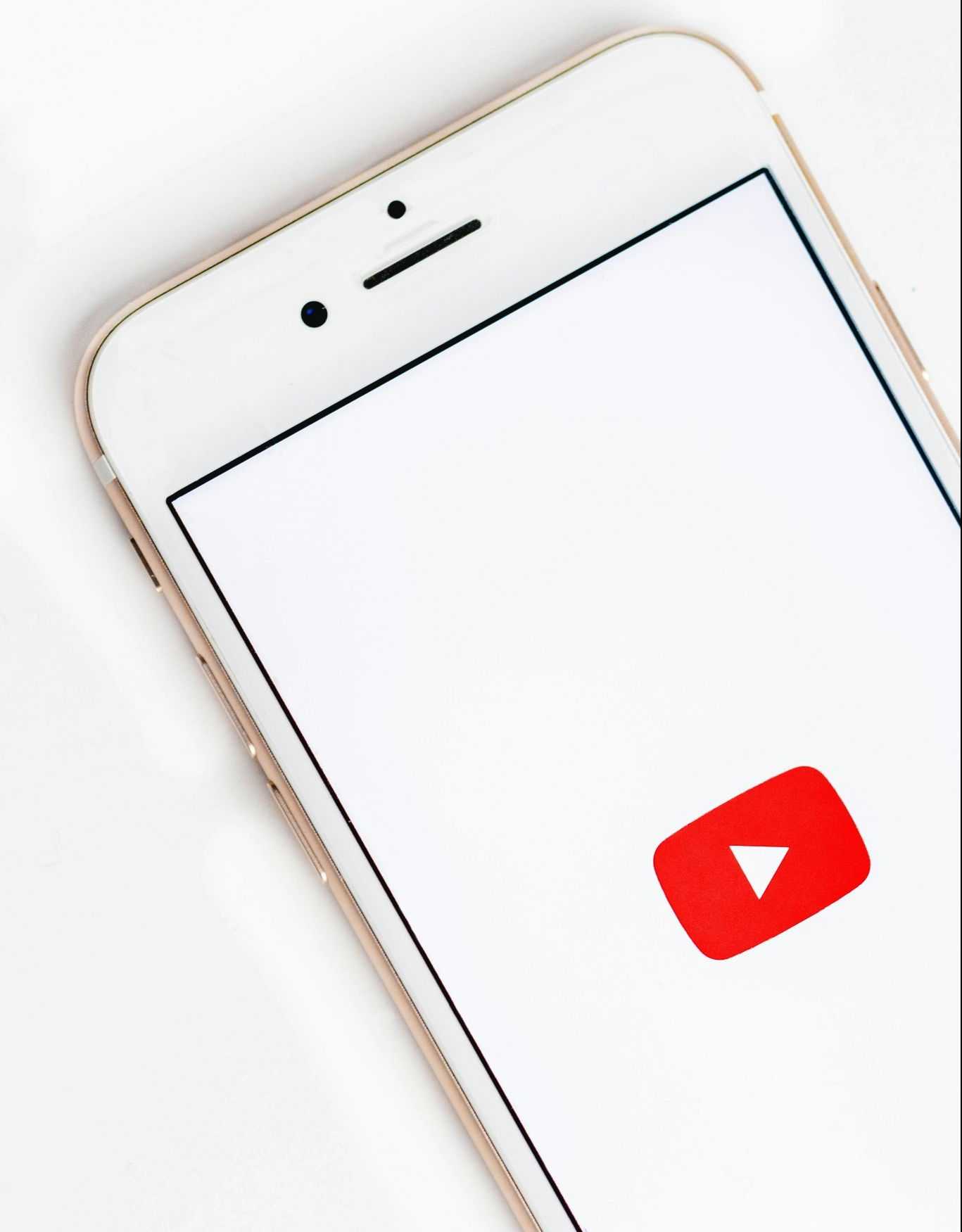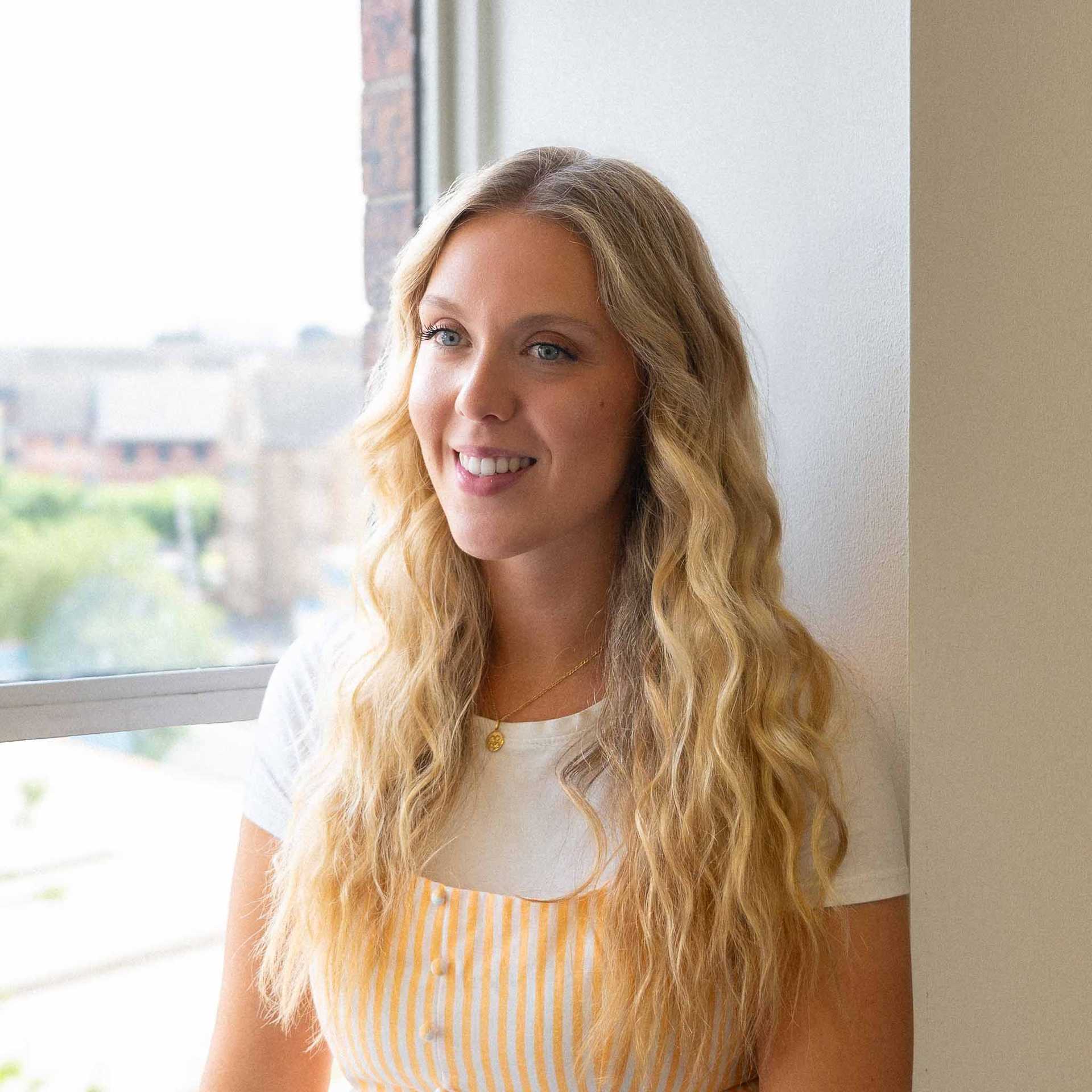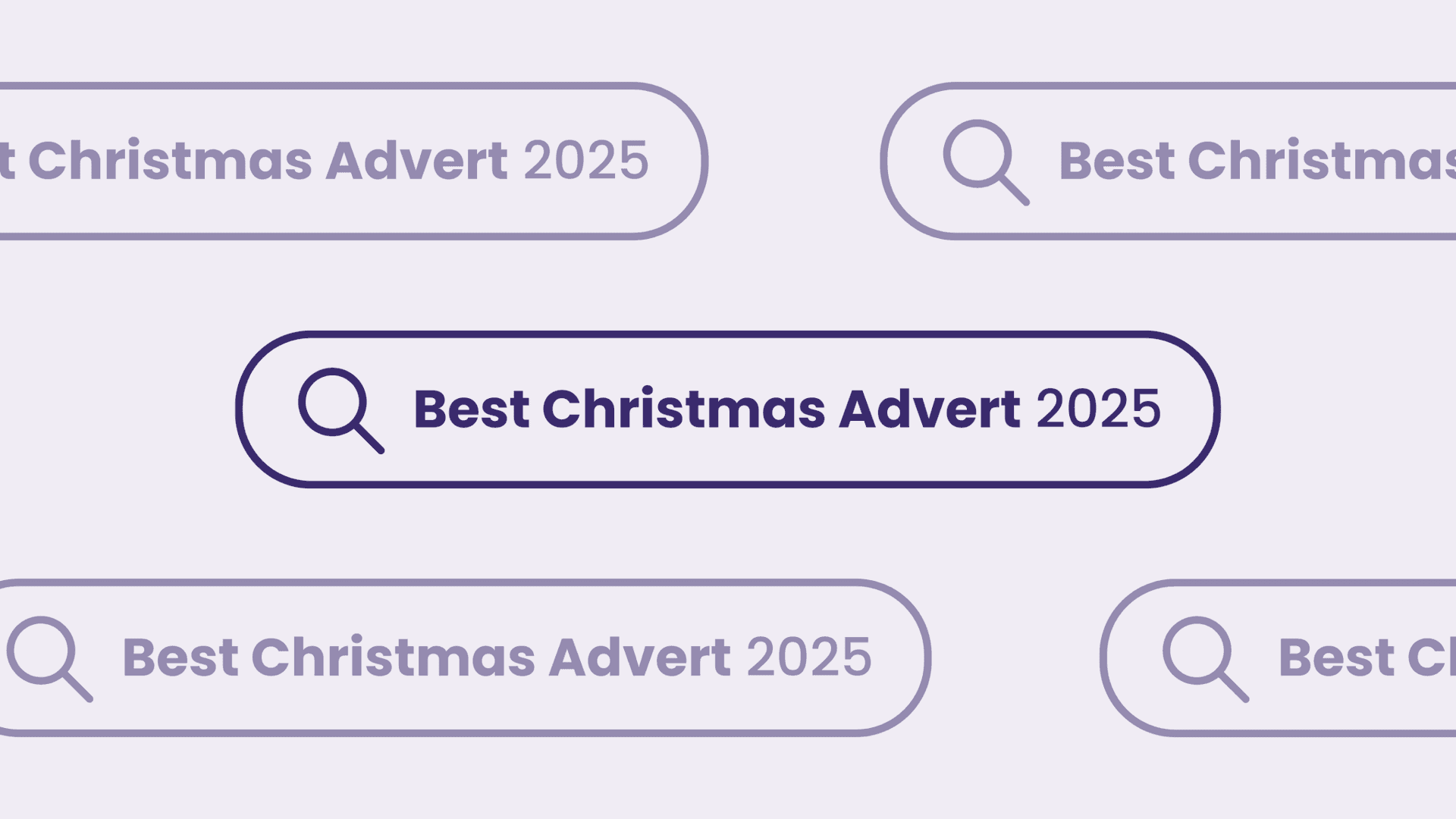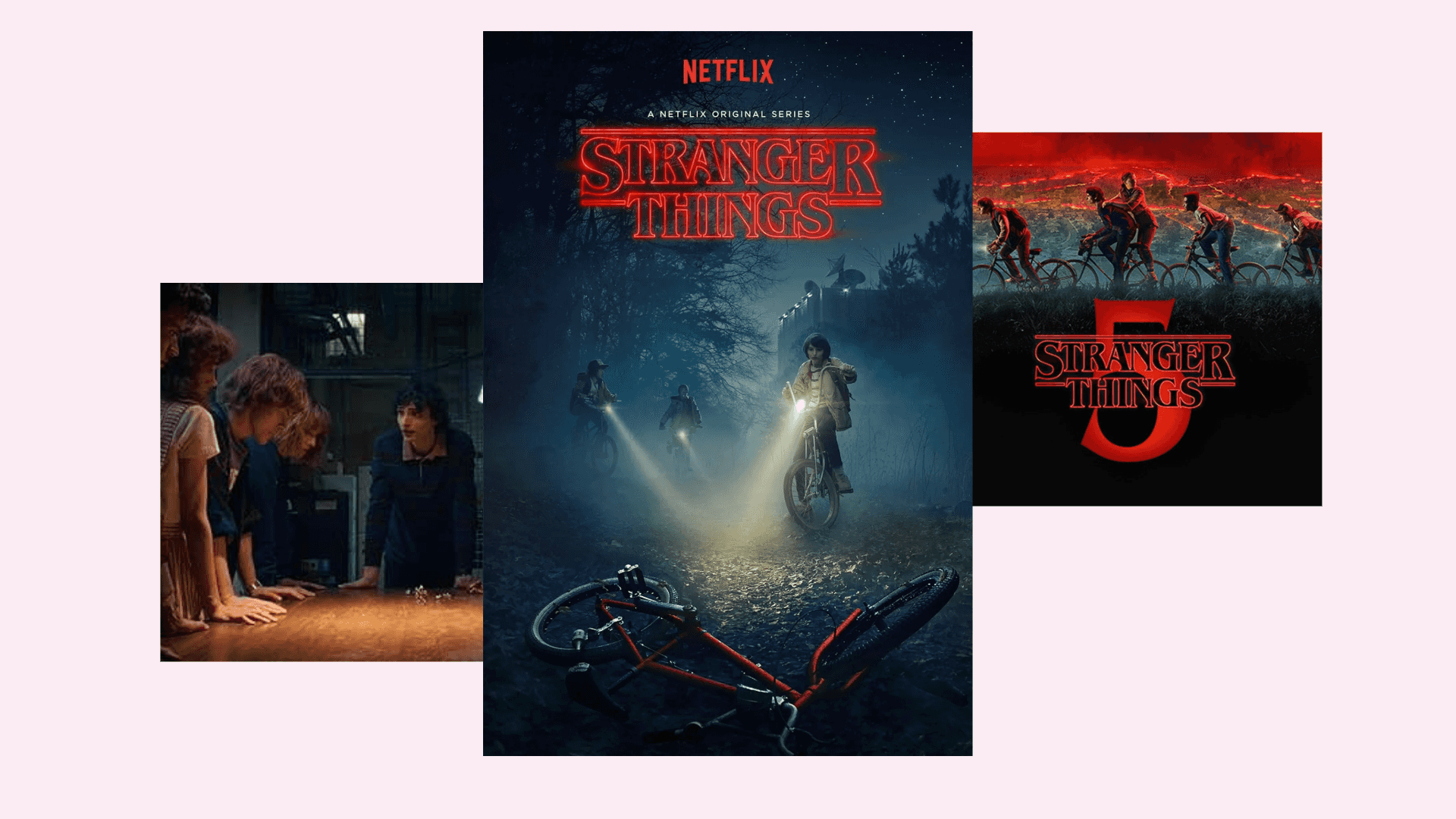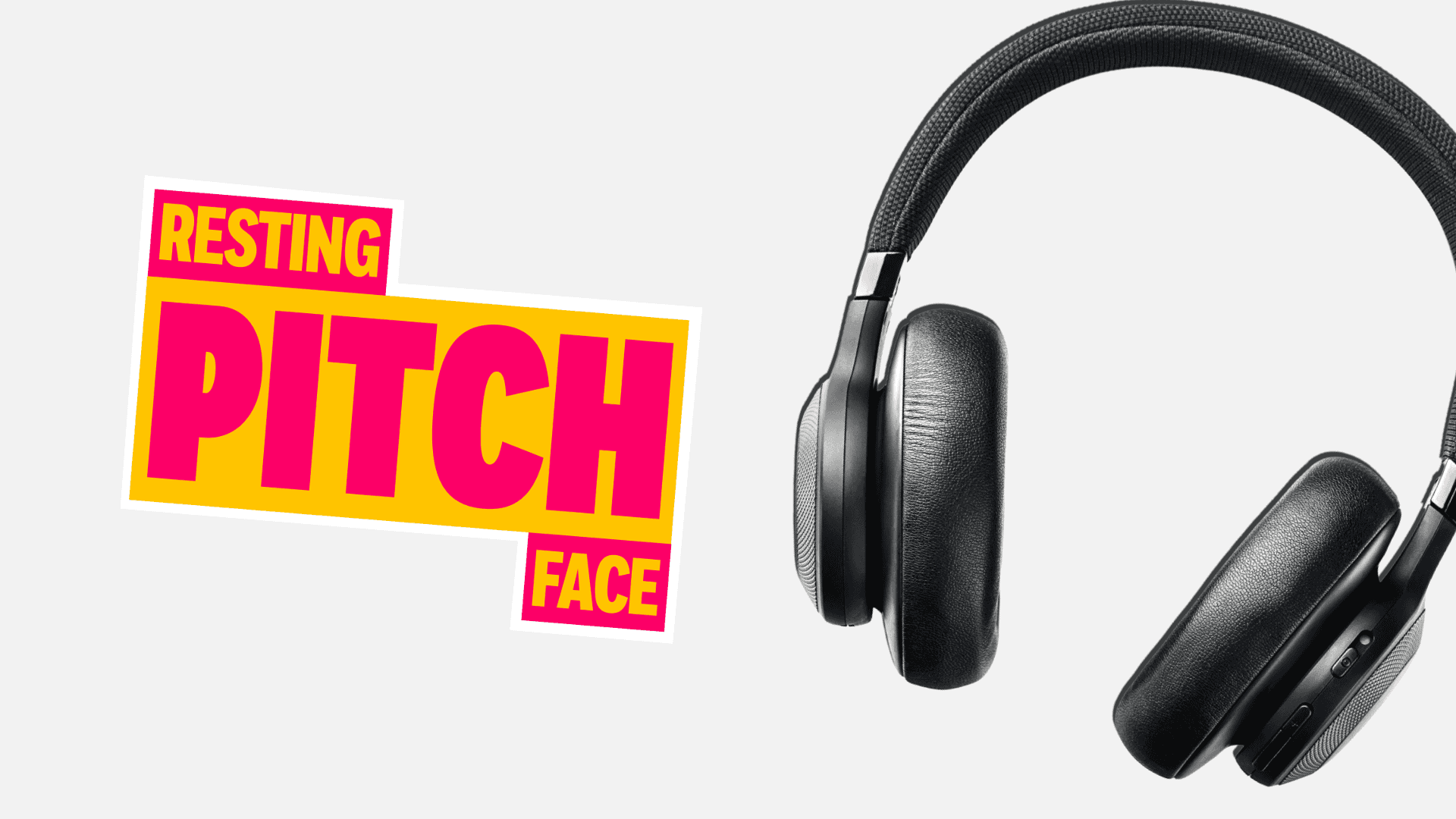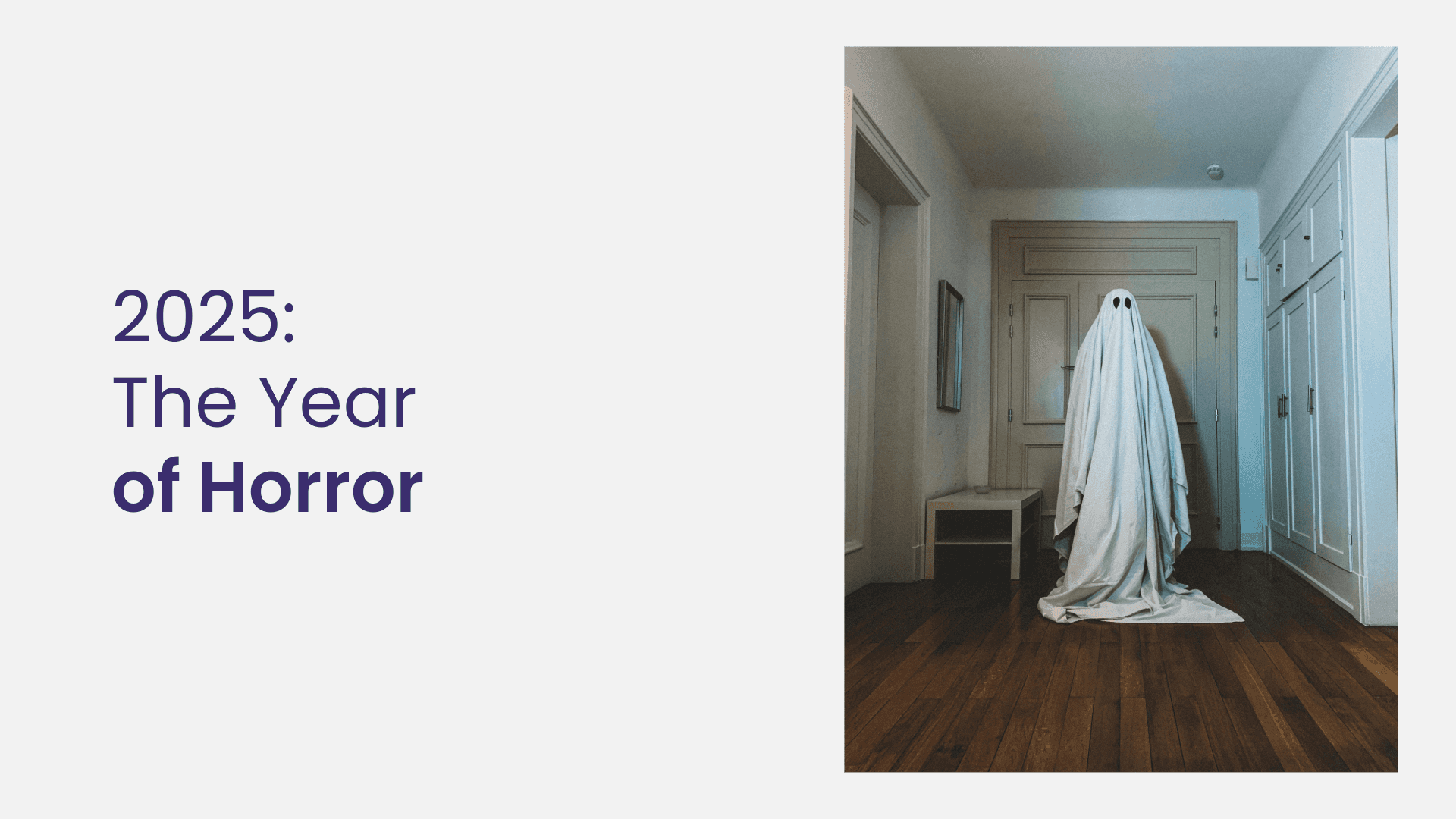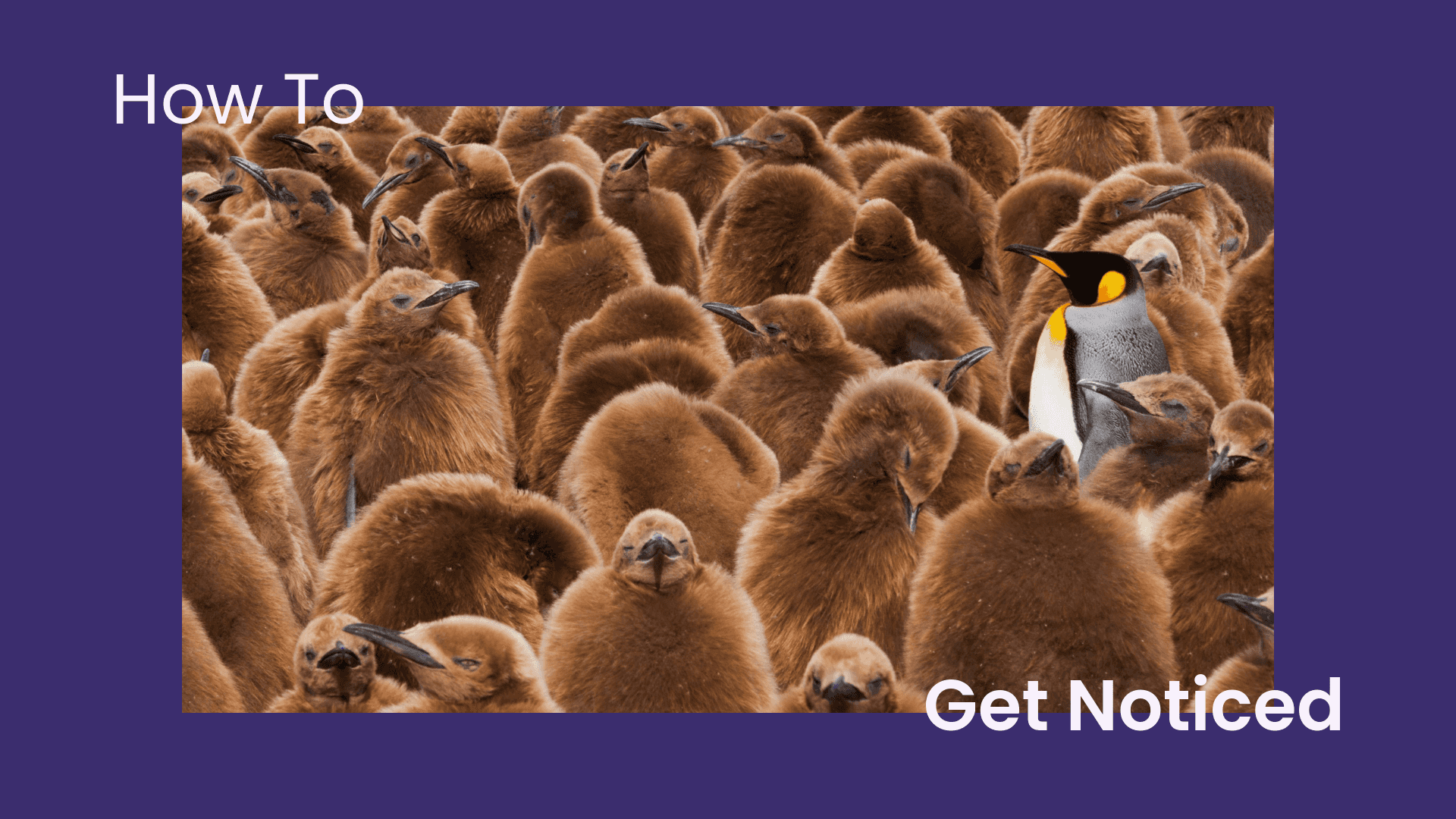Until now, this format has been reserved for premium placements via YouTube reservation buys, but is now being beta-tested for regular YouTube campaigns.
They will be appearing alongside 15-second non-skippable ads and 6-second bumper ads, often bundled in combo formats. Advertisers can target keywords, audiences, and more, just like with existing in-stream formats.
Introducing these ads means more control over message delivery, access to high-impact inventory without reservation deals, and a chance to fully capture viewer attention. If this rolls out widely, advertisers will have a powerful new tool under their belt, but viewers will need to get used to waiting longer for videos than they already do, or pay for YouTube premium.
